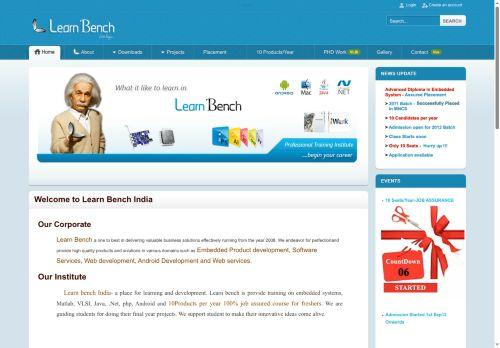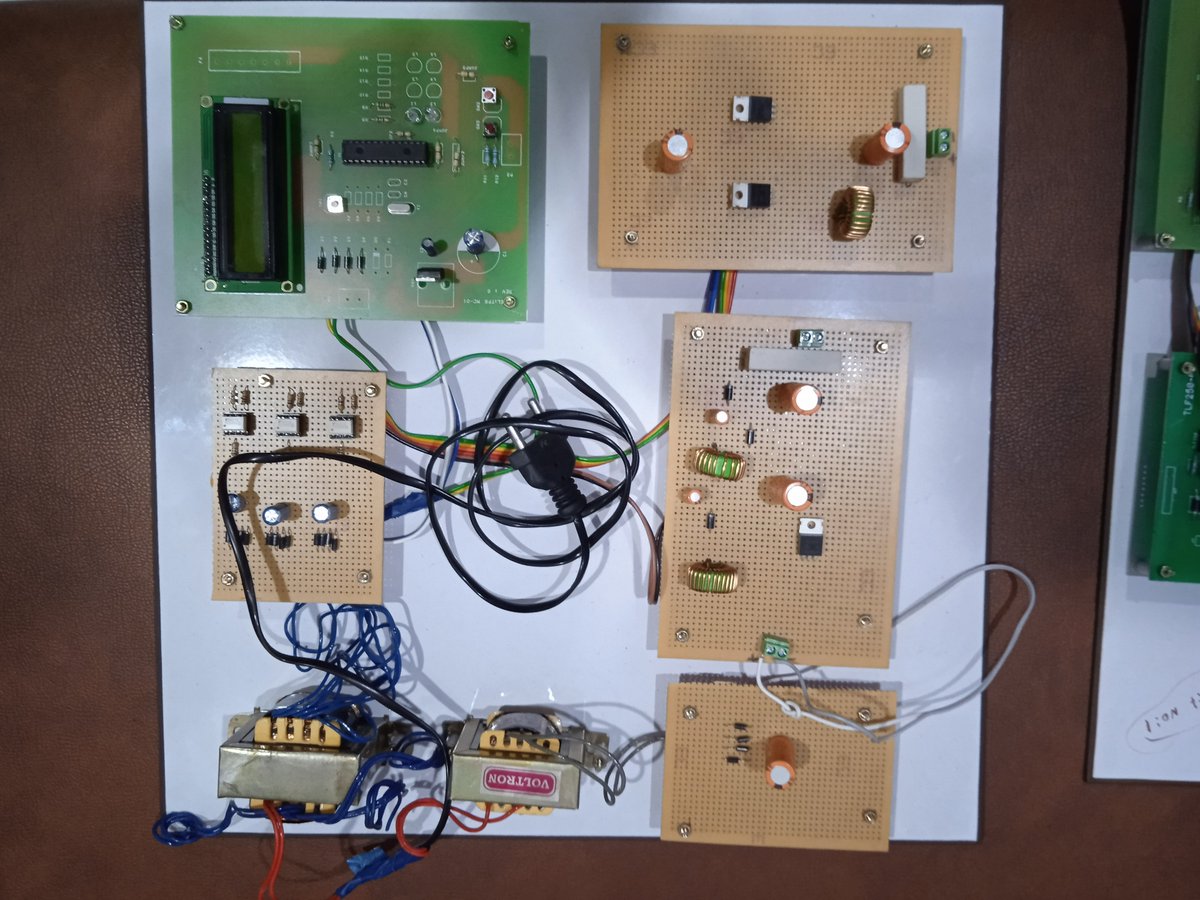
About Learnbenchindia.com
This company does not currently have a business account, if you are the owner of the company, you can open a business account immediately.
Site Information
Is this your company?
Claim your profile to access Trustedreviews free business tools and start getting closer to your customers today!
About TrustedReviews
We Fight Fake Reviews
Here’s how you can flag problematic reviews.
We improve experiences
Here's our commitment to you.
We encourage quality customer feedback
We are check comments and we care about data reliability
Business Transparency
Claiming a profile allows the company to do things like reply to reviews, invite customers to write reviews,
Dear users; You can find all kinds of information about TrustedReviews in the faq section.
In the development of embedded systems, hardware and software must be carefully integrated. This can be difficult, but it is necessary to ensure that the system functions properly and meets all specifications and constraints. The development process must be iterative, and engineers should be prepared to make changes as needed. This will help them create a final product that will function well in the field.
The first step in embedded system design is to determine the specific functions that the device needs to perform. This may include determining the amount of data processing that will be required, as well as the input and output devices. The engineer will also need to consider how the device will be used, and what type of power source it will require.
This research explores the process of developing an instrument to assess student readiness to learn embedded system design. The results indicate that the instrument can be used to assess students' cognitive, emotional, and psychomotor skills.
Embedded system development involves the creation of small computerized systems that are built into larger products. These systems perform a specific function and are programmable. They can range from having no user interface, on devices that are designed to do a single task, to complex graphical user interfaces, such as those found in mobile phones.
These systems are highly specialized in hardware and software and must meet size, power, and memory constraints. They are expected to operate in a self-reliant manner for years without human intervention or tech maintenance, and must be robust against a wide array of environmental hazards and risks.
Embedded systems typically run firmware, which permanently resides in non-volatile memory blocks (ROM, EPROM, EEPROM, and Flash). The programming languages used to create embedded system software are similar to those used for personal computers, but with the addition of custom compilers and linkers that optimize specialized hardware. Once a piece of embedded software is created, it can be difficult to update it.
Embedded systems can be a challenge to test, due to their tight integration with hardware and their hard dependencies on external applications. Moreover, many embedded systems are built for safety-critical applications such as medical equipment, trains, airplanes, and vehicles. Thus, they require strict and careful testing to grant software certification. Functional safety is the main type of testing for these systems.
Unlike PCs, microcontrollers don’t have screens or keyboards to make testing easier. Therefore, they have a much closer connection to their hardware and can only be tested in a real environment. In addition, hardware-dependent code is hard to test without a mock hardware environment. Fortunately, fuzzing can help in this regard.
Moreover, many embedded systems design communities have embraced test-driven development and advocate creating tests asynchronously with code writing, realizing that leaving such a critical step until the end is a recipe for disaster. Consequently, the testing process is becoming more efficient and effective.
Embedded software is specialized to run a specific piece of hardware with a particular purpose that must comply with memory size, processing power, and energy charge constraints. The software must also provide real-time response and work reliably in varying environments.
The first step in embedded system software development is to choose a programming language. Engineers use a text editor that supports multiple languages like C, Java, PHP and Python to create the source code for their product. The next step is to use a compiler that converts the source code into machine language. The resulting code is read by the processor and executed as opcodes.
There are different types of embedded systems including: stand-alone, networked, and mobile devices. Each has its own unique functions and can operate independently or on a network. For example, a networked embedded system would be used to control a smart home or self-service kiosks while mobile devices would have their own operating systems and middleware.
